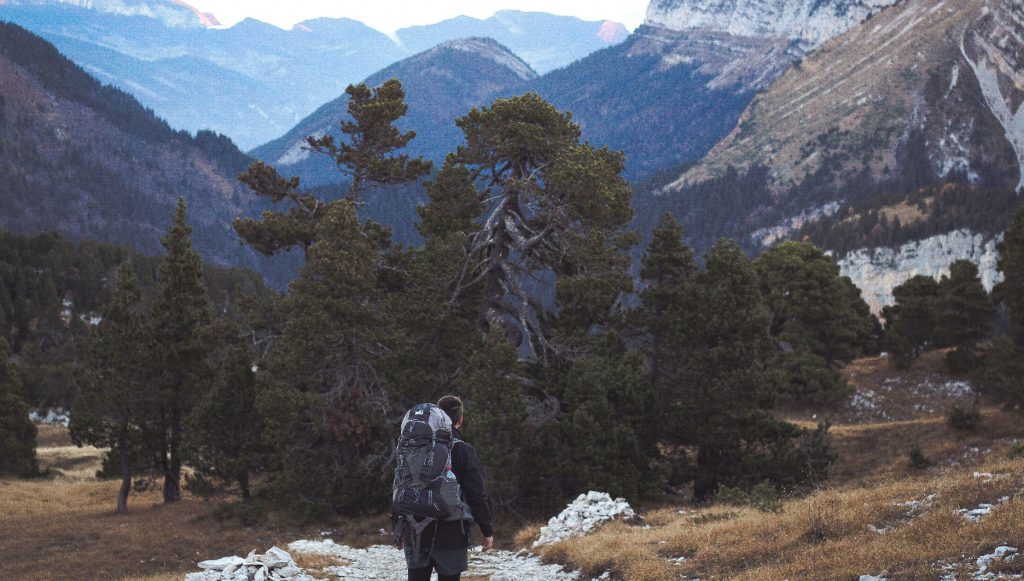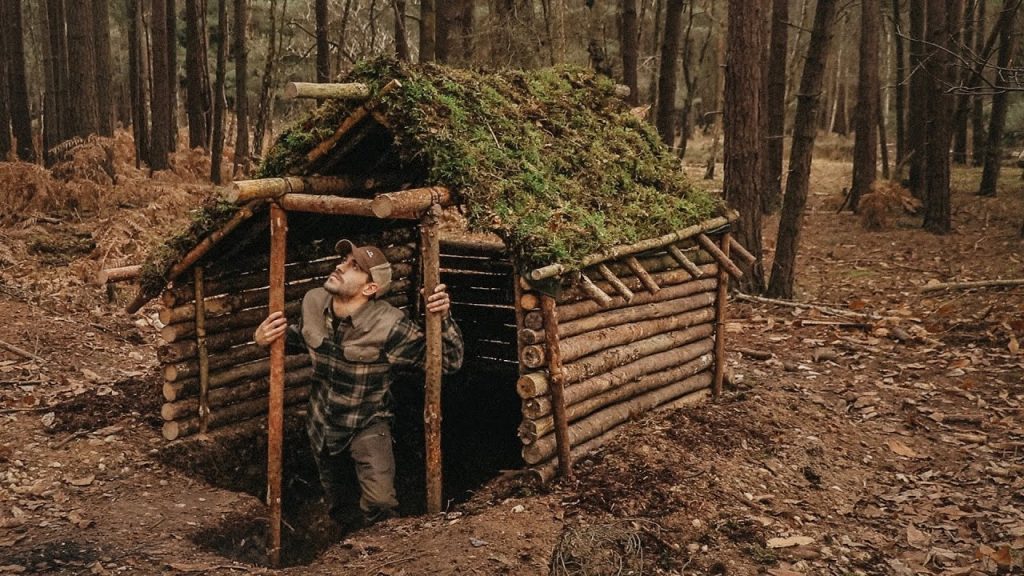Understanding what is the rule of three in survival and adapting to it can eventually be the difference between life and death. The instructions may help you make some crucial decisions in an unfamiliar environment and potentially avoid any disaster. The rule of three enables you to prioritize things better out in the wilderness so that you can manage to stay alive.
Since we started this article on a serious note, we should mention that knowing the rule of three in survival can be beneficial even to first-time campers, and not every scenario should be fatal.

What Is the Rule of Three in Survival?
When it comes to survival and the rule of three, there are four basic levels that you need to consider. They are the following:
- You can survive 3 minutes without oxygen
- You can survive 3 hours without a shelter
- You can survive 3 days without water
- You can survive 3 weeks without food
These guidelines can be beneficial if you find yourself stranded in the woods. They will help you stay calm and focused. You can also be prepared when it is “go time”. Plus, you can avoid any injuries and prioritize the things that you have with you.
Related: What Is a Trauma Pad Used For?
Rule of Three
The point of this rule is to help you prioritize the problems so that you can put your focus on the most immediate issues. Above anything else, the weather also plays a significant role in your survival. If the sun is up and it is warm, you have to find water and hydrate. You must prioritize finding a shelter or building one if it is cold.
Hypothermia is a significant threat to every survivalist, with or without experience. If you are wet and shivering, make no mistake; you will not be able to function after three hours. Knowing the rule of three is a massive advantage in any life-threatening situation.
3 minutes without oxygen
The air is an obvious priority when lost in the wilderness. According to many studies, people can hold their breath for about 30 seconds. If you are in excellent shape, you can probably hit the 2 minutes mark, but everything above 3 minutes is a challenge. You need air for survival under any circumstances, and the body requires oxygen.
After an oxygen deprivation which occurs after 30 to 180 seconds, you may lose consciousness, and after the one-minute mark, the cells in the brain start to die.
At the 3-minute mark, you may experience lasting brain damage because the neurons have suffered severe damage. Death becomes imminent after 5 minutes; after 10, you may fall into a coma.
Fifteen minutes without oxygen is when survival becomes almost impossible. People who struggle with asthma or have allergic reactions to plants must have their inhaler or epinephrine.
Read more: What to Do if You Are Lost in a Forest?

3 hours without shelter
The shelter can protect you from many elements in the wild. Clothes are also part of the shelter category because, in some circumstances, they can save your life. If your body’s temperature is beyond thresholds and unsafe, whether from cold or warm temperatures, 3 hours is all you have.
Most deaths in the wilderness have occurred from hypothermia. If the weather is warm and you have water, you can last longer while moving forward and searching for the trail back or another survivalist. But, wet and cold are the bigger enemies that can potentially become deadly. In survival, seeking shelter or building one for protection is extremely important.
When the body’s temperature drops, the nervous system, heart, and other organs cannot properly work.
3 days without water
The importance of water is familiar to everyone. Generally speaking, human beings can survive without water for 3 days in the best-case scenario.
Once the body starts dehydrating, the kidneys utilize more energy, eventually weakening the tissue. Without adequate water intake, the kidneys will begin to malfunction.
Also, if you are dehydrated, you will lack energy and feel tired, more prone to injuries, and may experience brain swelling and seizures.
Lack of water is the second reason people lose their lives in the wild. Something else worth pointing out is that you should not eat snow. Snow can lower the body temperature. You can use snow as a last resort.
3 weeks without food
The human body can survive for multiple weeks without food. Many people have purposefully incorporated intermittent fasting into their life. When it comes to starvation, there is a lack of scientific research and 3 weeks is just an estimation because significant factors come into play, like body fat, height, tolerance, etc.
Plus, it would be entirely unethical to test human beings while letting them starve. Generally speaking, a rule of thumb about surviving without food in the wild is about 3 weeks.
When your body enters starvation mode, you may experience a drop in blood pressure, faintness, dizziness, a slow down of the heart rate, dehydration, thyroid malfunction, organ failure, and even a heart attack.
If you are only a couple of miles from your starting point, you need to prioritize the other things we mentioned, such as shelter and water, but if you are stuck in the wild for a long time, you must eat calories to stay alive.
Also read: How to Build a Primitive Log Cabin
Conclusion
So, what is the rule of three in survival? It is imperative, we will tell you that much. In this article, we explained the four levels of the rule of three so that you can prioritize all the necessities if you are out in the woods. In the end, it all boils down to knowing what to do if any emergency appears.
